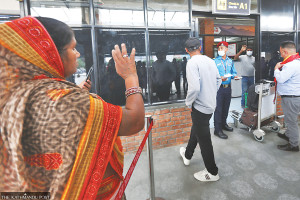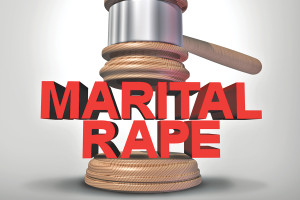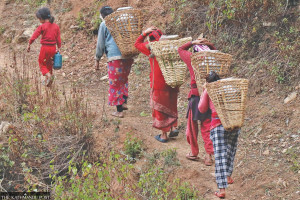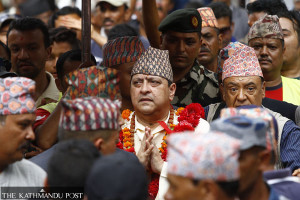 30.12°C Kathmandu
30.12°C KathmanduOpinion
Knowledge is Power
The government needs to revamp its information-sharing system to help foster better knowledge production and transparency
Deepak Thapa
Barely a day goes by without someone from the provincial or central government asserting how wonderful life is soon going to be for residents of their respective provinces or of Nepal, as the case may be. One can be quite sure that similar assertions are being made in many of the 753 local bodies as well but since these are not covered by the national media with the exception of some of the major municipalities, we generally do not hear what has been transpiring there.
There has been quite an amount of criticism from various quarters that this is beginning to sound like all talk and no work. Yet, in all fairness, it has to be said that it is still early days in the federalism exercise to dismiss these aspirational statements as no more than tall promises unlikely to be fulfilled. As politicians, one can be sure that from the prime minister down to the mayor of the most remote rural municipality are quite aware that come election time, they are going to be held accountable for everything they have said. Of course, as politicians they would also be well-versed in the art of verbal calisthenics and, if required, would put it to full use to wriggle out of their commitments. For now, though, we cannot but give them the benefit of doubt.
The numbers game
There are many ways in which progress (or regress) can be tracked. A bridge put up here or a road built there are physical manifestations, usually of progress. At a deeper level, however, infrastructure alone does not necessarily lead to a change in people’s lives. We need different socio-economic indicators to tell us how people have been affected over time. This requires information to be collected periodically and compared with past results. The Economic Survey put out by the Ministry of Finance or the National Census and Nepal Living Standards Survey (NLSS) conducted by the Central Bureau of Statistics are among the many instruments that can provide indications of the impact of the state’s interventions on people’s welfare. There are also surveys conducted by independent research organisations that track people’s attitudes over time, and which are helpful in discerning the popular mood.
All of this requires collection of data and, more importantly, the sharing of it. That is where we lag far behind as a country. As the post-2015 earthquake Post Disaster Needs Assessment (PDNA) was being drafted, some among the donor community were known to have complained that there is just not enough data on Nepal. At that, a member of the then National Planning Commission is reported to have challenged the donors on the kind of data they require—Nepal has it all. There was more than an element of truth in that since the government collects data all the time. One can visit the websites of the different ministries and departments and be inundated with information of all sorts.
The only problem is that the information is pretty useless for analytical purposes since it is provided in pdf format, leaving anyone interested in interrogating the data further to painstakingly convert all the tables and figures into Excel and hope that the process did not screw up the numbers. One wonders if the concerned government officials are aware that researchers can go beyond the simple tables they provide and come up with findings which could actually be used to further their own work.
Take, for instance, the data on health, which would certainly be one of the indicators to track progress of the general well-being of the population. Nepal has in place an elaborate Health Management Information System (HMIS), the results of which are presented in the Department of Health Services’ annual reports. In these annual reports, for example, we find information on the population receiving the different vaccines, the drop-out rate, and so on. Included in the reports is also what is called the ‘Raw Data’, which is somewhat of a misnomer since it is a printed form whereas ‘raw data’ would usually mean data that can readily be used by someone else. In any case, the raw data section begins with ‘reporting’, showing the number of health facilities that exist in any one district, the number of expected reports, and the number of reports actually received, all of which is presented in an aggregated form in the main body of the report as well. But, there is no attempt made, for instance, to find if there is any relationship between the number reports received and rate of drop-outs in the immunisation cycle. Perhaps it is beyond the mandate of the Department of Health Services to do all the analysis and the annual report itself is quite a tome, approaching 700 pages, with the ‘raw data’ itself covering a third. The possibilities of working with the HMIS data are immense, but for that the data have to be actually ‘raw’, and freely available to researchers.
Two-way street
That is true for other government departments as well. A couple of months ago saw the release of the publication, Federal Nepal: The Provinces – Comparative Analysis of Economic and Administrative Data and Challenges by Khimlal Devkota and Madhu Raman Acharya. During the event to mark the release of the report, the authors apologised for the work not being wholly complete due to the unavailability of data. Both the authors are well known in Nepal’s policy circles, with Acharya having served at the highest levels of government as well. If individuals like them are to rue the lack of information, one can imagine what it is like for ordinary folks who want to understand what their government is doing.
Recently, the US ambassador to Nepal, Alaina B. Teplitz, urged Nepal to join the Open Government Partnership (OGP) in a bid to ensure greater transparency in government. The OGP is an initiative begun in 2011 to commit to what its name suggests. A total of 71 countries have signed up to it and a further 17 countries have not been considered eligible for membership, including Nepal. The way it works is that any eligible country has to receive a minimum of 12 points out of a possible 16 in a composite index consisting of budget transparency, access to information, asset disclosure of public officials, and civil liberties. As of now, Nepal scores 13 points and is eligible to join the OGP.
What beats me is Nepal received the maximum score of 4 in the access to information indicator. That was by virtue of the simple fact that Nepal has the Right to Information Act in place, providing it with full points under this category. But, as given in the examples above, information is a relative concept, as in the pdf-ed ‘raw data’, and unless citizens themselves can access such information to come up with new evidence that can challenge the government when required but also help it think of innovative ways to drive its programmes, we citizens will be reduced to being passive recipients of government information and nothing else. If, as American essayist Ralph Waldo Emerson said, ‘There is no knowledge that is not power,’ the government should do all it can to share that power with us, the people.




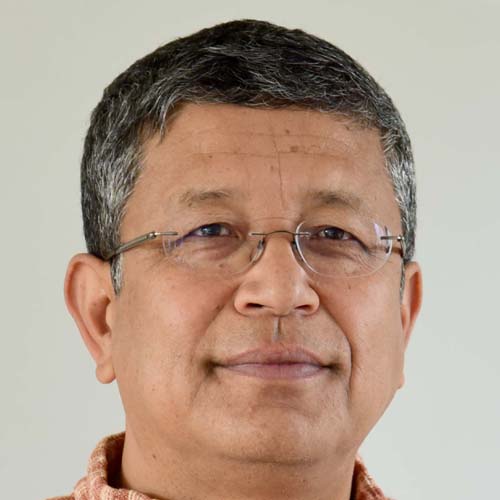

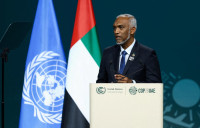




.jpg&w=300&height=200)
